kundalini
Been spending a lot of time on here!
- Joined
- Jul 18, 2007
- Messages
- 13,607
- Reaction score
- 1,937
- Location
- State of Confusion
- Can others edit my Photos
- Photos NOT OK to edit
One more consideration to make in regard to the D700. Personally I would wait for the first run to get out there and have the bugs worked out. Maybe six months, if you can. I got my D300 about 5 months after it was introduced and none of the problems I read about the first run appeared with my copy.
BTW D3 and D300 users, there is a firmware update available.
Like I said earlier, the rumor mill is on about the D900 as well.
BTW D3 and D300 users, there is a firmware update available.
Like I said earlier, the rumor mill is on about the D900 as well.



 :mrgreen::blushing:
:mrgreen::blushing:



![[No title]](/data/xfmg/thumbnail/42/42054-e8278f89f6a543cad8fd644e37b064f3.jpg?1619739992)
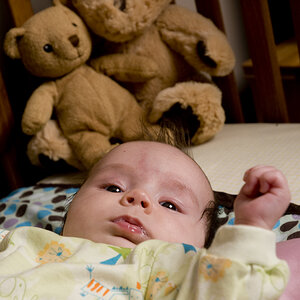
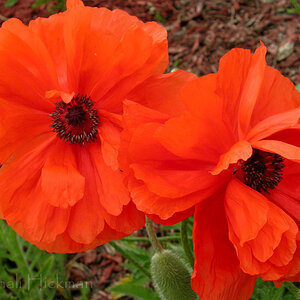
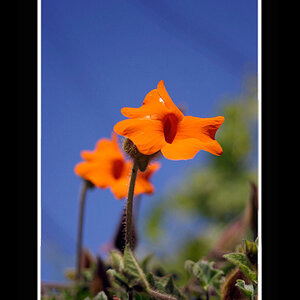
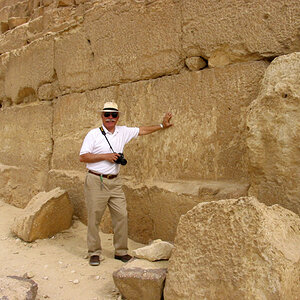


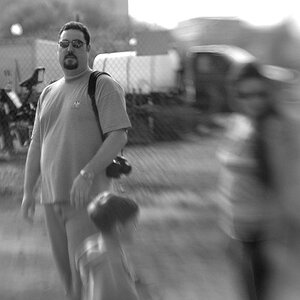
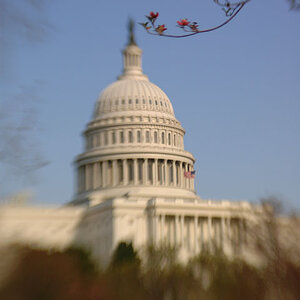
![[No title]](/data/xfmg/thumbnail/42/42058-8597ac0f687fb4007aa3ca0210936f04.jpg?1619739994)